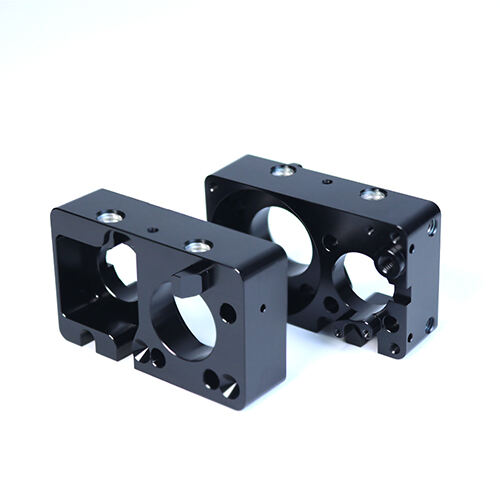Trochoidal Milling vs Conventional Milling for Titanium Aerospace Parts
Titanium’s low thermal conductivity and high strength make it notoriously difficult to machine. With aerospace OEMs pushing for tighter tolerances and shorter lead times, manufacturers must choose between trochoidal’s precision and conventional milling’s speed. This 2025 analysis benchmarks both methods using real turbine blade production data.

Methodology
1.Test Setup
• Workpiece: Ti-6Al-4V ELI (Grade 23) blocks, 50×80×150mm.
• Tools:
Trochoidal: Sandvik Coromant R217.69-1610.0-09-4A (Ø16mm, 4 flutes).
Conventional: Kennametal HARVI Ultra 8X (Ø20mm, 5 flutes).
•Machine: DMG MORI DMU 80 monoBLOCK (HSK-A63, 15,000 rpm).
2.Measurement Protocol
•Cutting forces: Kistler 9257B dynamometer.
•Tool wear: Olympus DSX1000 digital microscope (ISO 8688-2).
•Surface roughness: Mitutoyo Surftest SJ-410 (Ra, Rz).
Results & Analysis
1.Thin-Wall Machining (3mm wall thickness)
• Trochoidal: Maintained ±0.05mm tolerance vs. conventional’s ±0.12mm.
• Tool life: 47 parts/tool (trochoidal) vs. 18 parts/tool (conventional).
2.Roughing Efficiency
• Conventional: Removed 28cm³/min vs. trochoidal’s 23cm³/min at equal 0.3mm/tooth feed.
Discussion
1.When Trochoidal Wins
•Complex geometries: Pocketing, thin ribs (<5mm).
•Hard-to-reach areas: Reduced radial engagement minimizes deflection.
2.Conventional Advantages
•Massive stock removal: Straight paths leverage higher feed rates.
•Legacy equipment: Doesn’t require advanced CAM software.
Conclusion
For aerospace titanium:
•Trochoidal milling: 1st choice for critical features and hard-to-cool zones.
•Conventional milling: Faster for simple geometries with ample coolant access.
Upcoming R&D should explore AI-optimized path blending.


